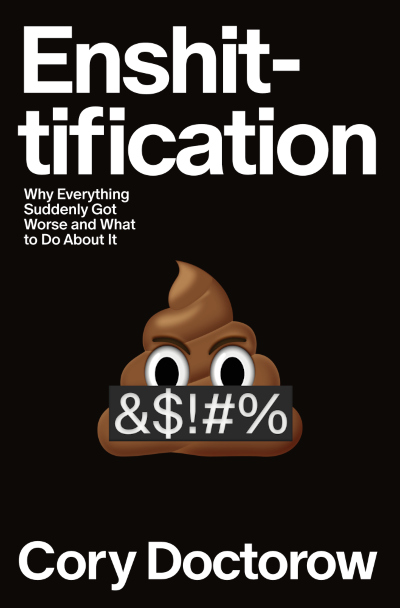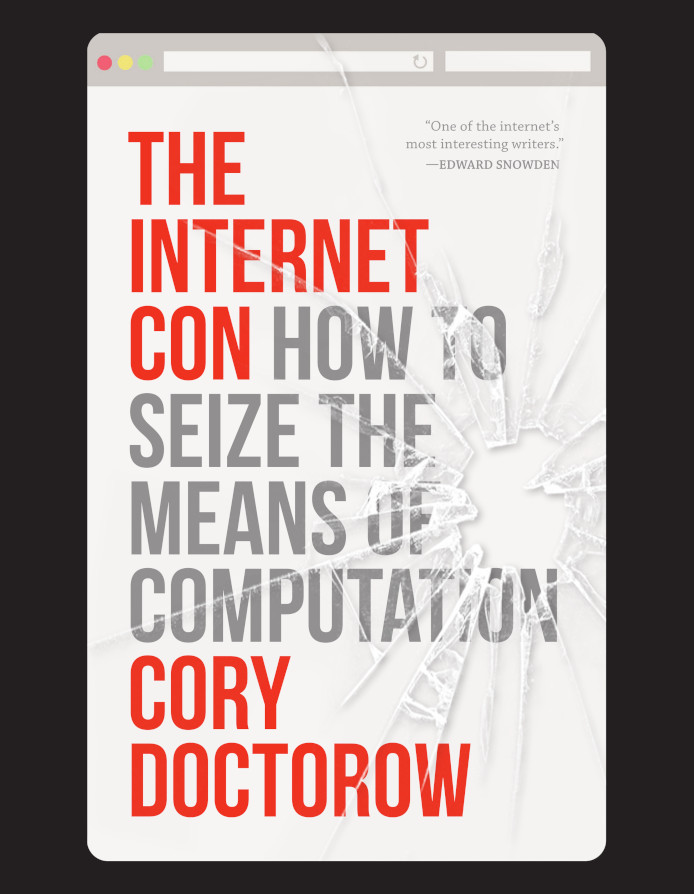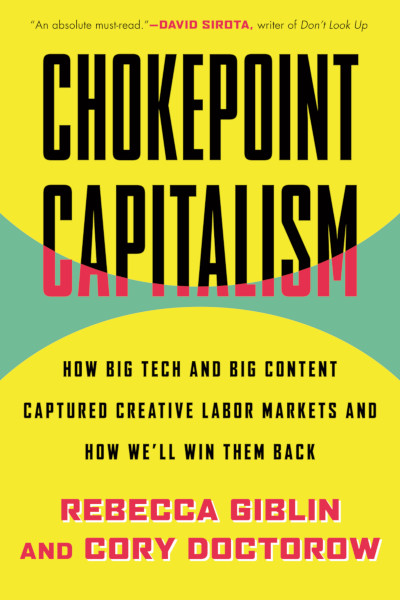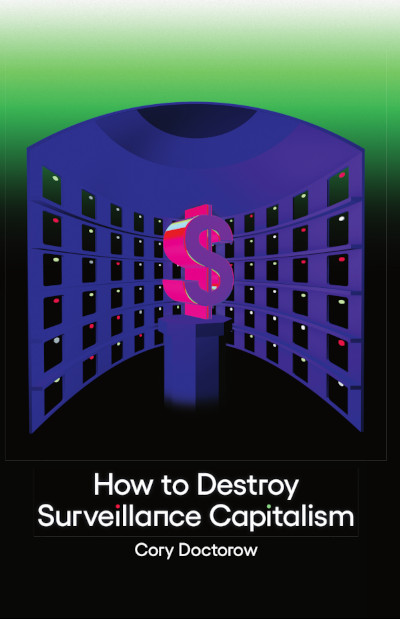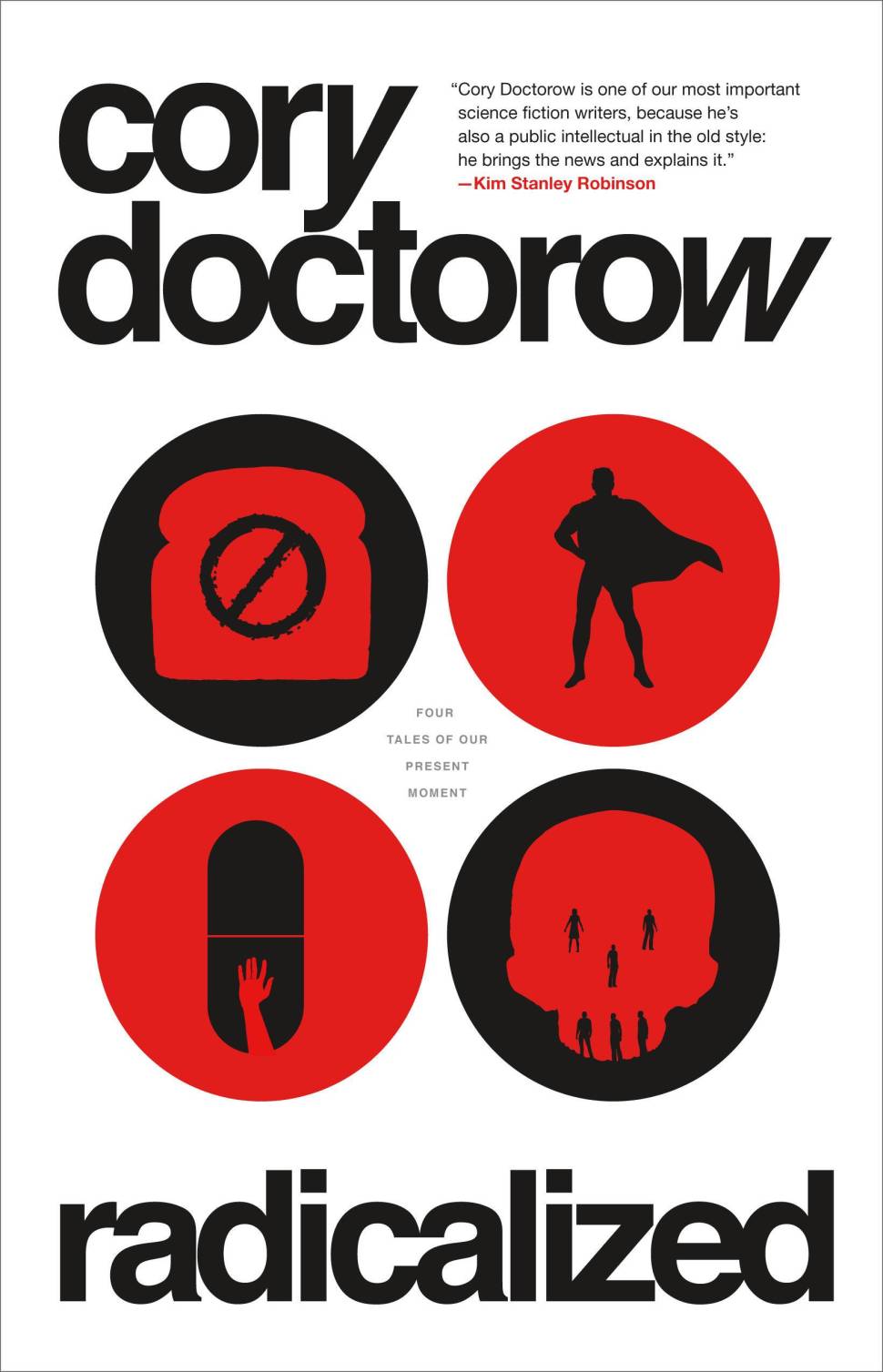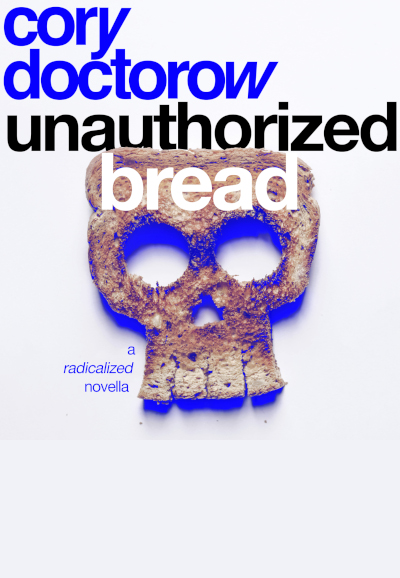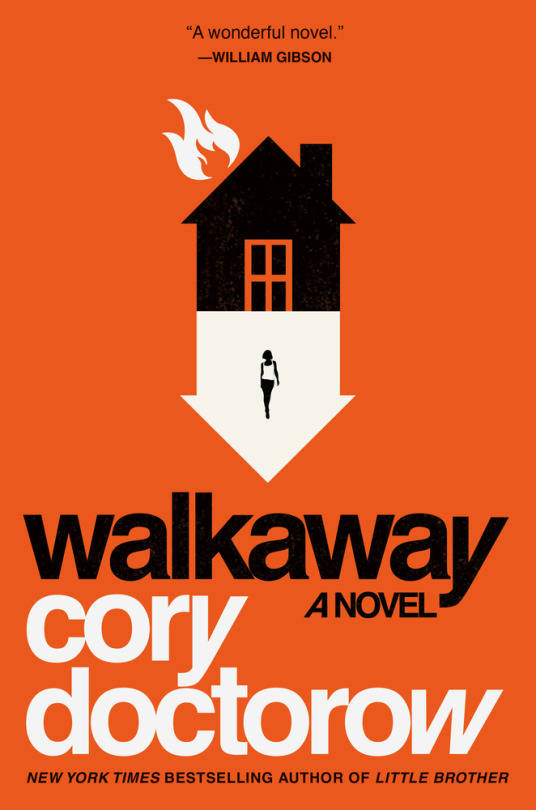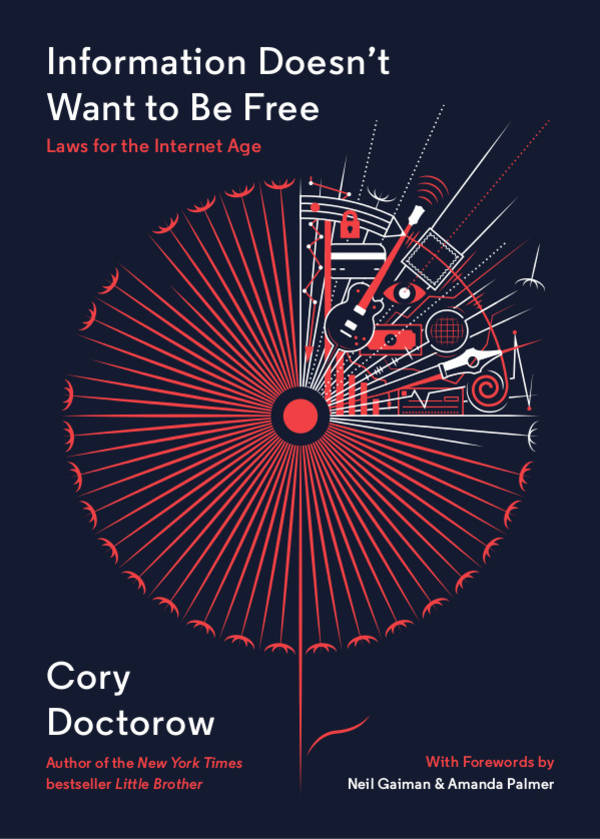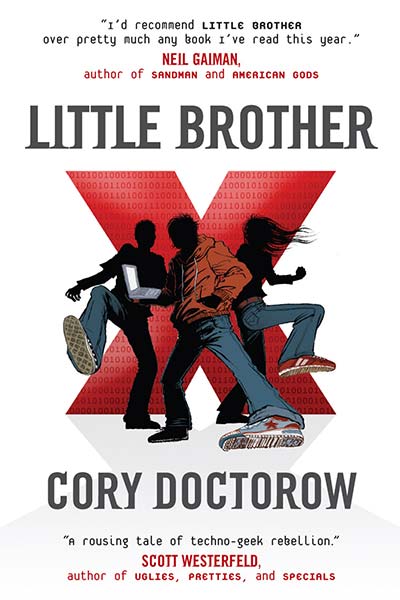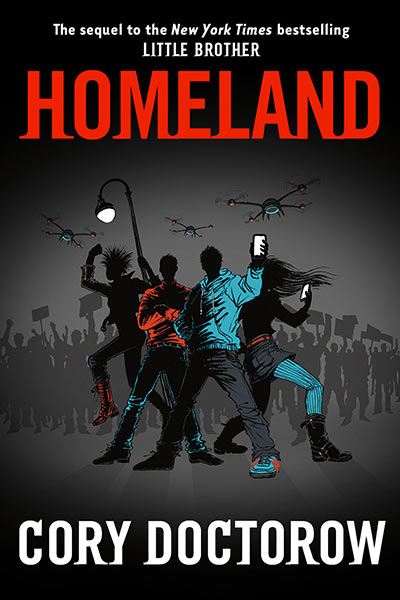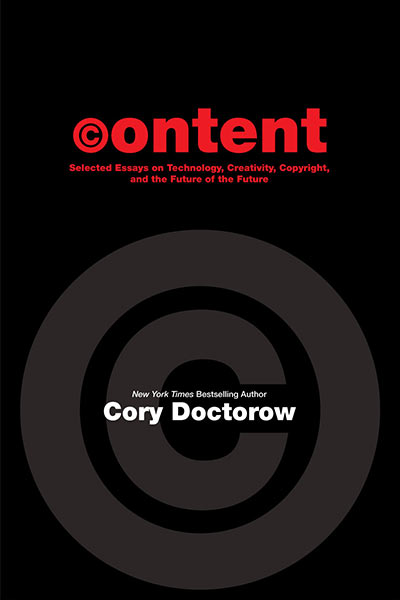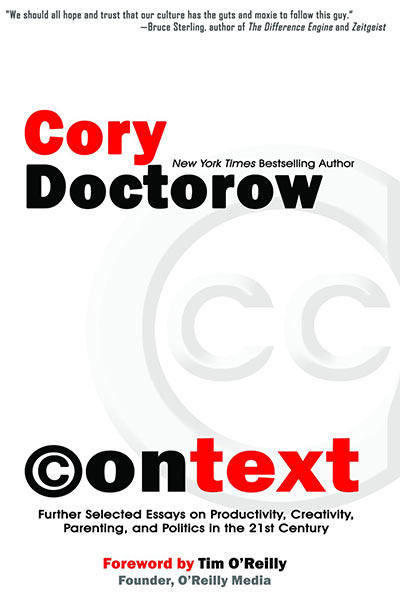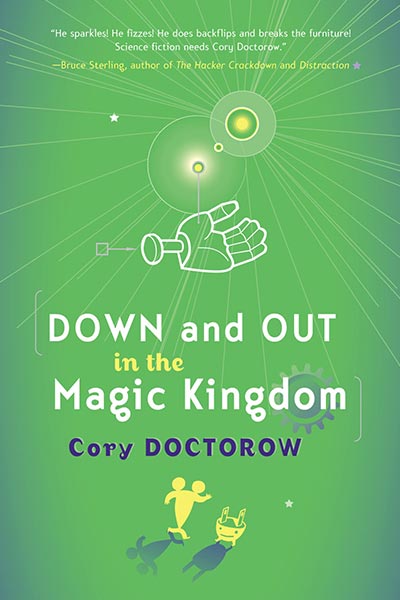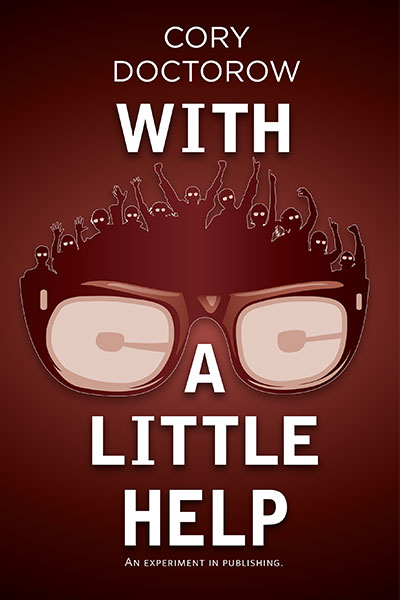My latest Publishers Weekly column, “The Price Is Right,” looks at the Amazon-Macmillan price dispute as a fight between two strategies for maximizing profit: price discrimination (getting the most out of each customer) and demand elasticity (sacrificing some per-customer revenue to sell to more people) and how these two strategies are challenged by the nature of digital goods and complexified by proprietary formats and DRM:
Everyone with a product to sell practices both price discrimination and demand elasticity in varying degrees. But when the product you’re selling is digital, the correct ratio of one to the other becomes a lot harder to calculate. If you’re selling hard goods, whether books, shovels, or coffee beans, the math is easy: you can’t make money if you drop your price below the marginal cost of production. But digital goods, like e-books, have almost no marginal costs. Things like credit card processing fees, electricity and bandwidth, and a few other considerations keep the cost from truly falling to $0, but the low marginal cost of selling digital copies opens up some very exciting possibilities for publishers. Could the pool of people willing to buy books—the total number of regular readers—be increased by dropping the price? And could that increase in new customers be large enough to offset losses from smaller margins? Amazon clearly thinks so.But pricing and profit-maximizing strategies aren’t the whole story. Consumer electronics buyer demographics tilt heavily to the coveted 18–34-year-old who’ll buy anything slim with an eggshell finish. Turning those big spenders into readers is an exciting prospect for anyone who cares about bringing in new business—and Macmillan executives are keenly aware of the opportunity e-books represent for turning nonreaders into new customers. Tom Doherty, publisher of Macmillan’s Tor imprint (Tor publishes my novels), is positively luminous on the importance of inducting nonreaders into the practice of regular reading. And there’s no bookseller on earth with more nonreader customers than Amazon, which, in addition to books sells everything from server space to freeze-dried steaks, sex toys, and uranium ore.

